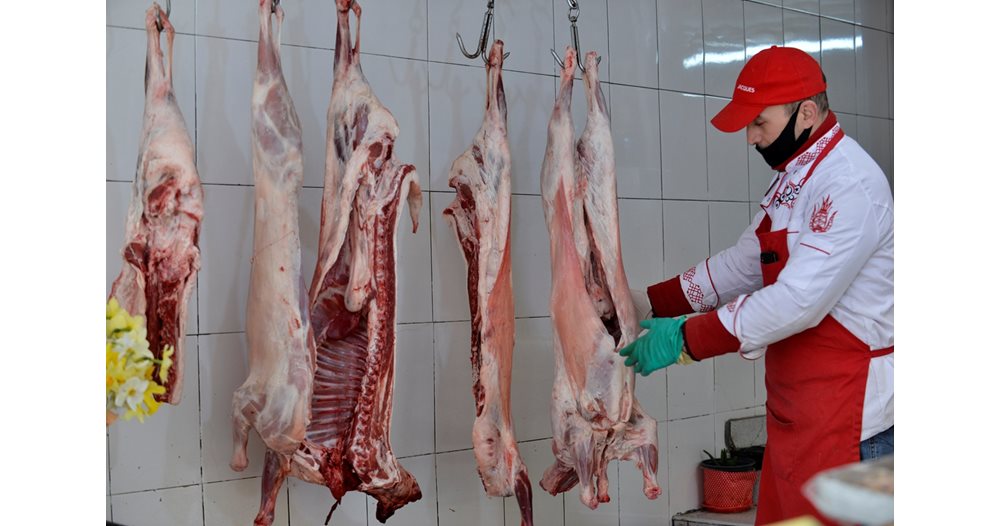For many foodies, goat meat is more refined, nutritionists define it as even healthier
The color of fresh lamb and the pressure of the finger are the two marks by which the average person can very easily and quickly recognize whether it is fresh lamb that has not been frozen and then thawed. Prof. Kostadin Vassilev from the Department of Meat and Fish of the Plovdiv University of Food Technology told 24 Chasa.
The color of fresh lamb should be pinkish-red, without any signs of graying, much less that it has started to turn greenish or brownish. It should not have started to darken these features either apply to all parts of the lamb carcass.
The other important sign of whether the meat is fresh can only be determined by touch – when we press it with a finger and then remove it, the faster the spot recovers its original shape, the fresher the lamb is, said Prof. Vassilev.
Specialists check the freshness of the meat by several other organoleptic indicators and, if in doubt, they order laboratory tests, but the average consumer has only these two ways to check.
If the lamb has a blue stamp, this is a sign that it was produced in Bulgaria, i.e. it is more likely to be fresh. A red stamp means it was imported from abroad.
Sometimes lamb imported from further afield appears on the market and inevitably has been frozen and then thawed before being displayed in the refrigerated display case. This according to Prof. Vassilev still doesn’t mean the meat isn’t fit to eat, nor even that it has lost too much of its flavor.
“However, during freezing and thawing, there are changes in the histological structure of the muscle tissue. It holds water with increasing difficulty. Such meat is known for the fact that it easily releases carcass juice. This applies not only to lamb, but to all types of fresh meat,” he said.
According to Prof. Vassilev, there are no particular differences in the taste qualities of lamb between the different Bulgarian breeds. What probably leads many to think that the breeds differ is that the lambs are slaughtered at a different stage of development and the feed they have taken also inevitably affects the taste of the meat.
However, one must be very careful not to push goat meat for lamb. The slaughtered kid differs from the lamb only in the tail, which in the young of the goat sticks up, as well as in an indentation on the forehead.
But the confusion is not a big problem, because many chefs consider the meat of the goat to be more refined, nutritionists define it as even healthier.
Lamb is one of the most dietary meats, because it contains relatively less fat than pork and a little more than beef, but it is easier to digest. It contains lecithin, which normalizes cholesterol, and it is several times less than in pork and beef. It is rich in iron, zinc, phosphorus and vitamins B2, B3 and B12.
At the same time, goat meat, which is not so popular in our country, turns out to be is healthier than lamb.
It contains many times less cholesterol, fewer calories and most importantly – it is more delicate and does not smell so much.
After all, when shopping for heads, the difference between a lamb and a kid is easy. The kid can be recognized by the flat head and the specific depression around the nose. In some slaughterhouses, they leave a small patch of raw skin with hair on the head, which is a sign of what animal it is.
The surprise will be more unpleasant if, instead of a few-month-old animal, it turns out that the customer paid for an adult. Then the kitchen will smell while the crumb is baking.
In older kids, the fat is more and in fact it gives the unpleasant smell. Meat from young animals is pink. The more red it is, the older it is. The little fat should be white and not yellow.
Goats are easy to raise and remember their names. They are smarter, cleaner, less picky about food and easier to look after, while sheep make more dirt, breeders say. There are people who get a disorder from the kid, although it is better as meat.
According to statistics, lamb is generally the least consumed meat by Bulgarians. It is put on the table rather as a festive ritual associated with Christian rites and is seasonal in nature.


